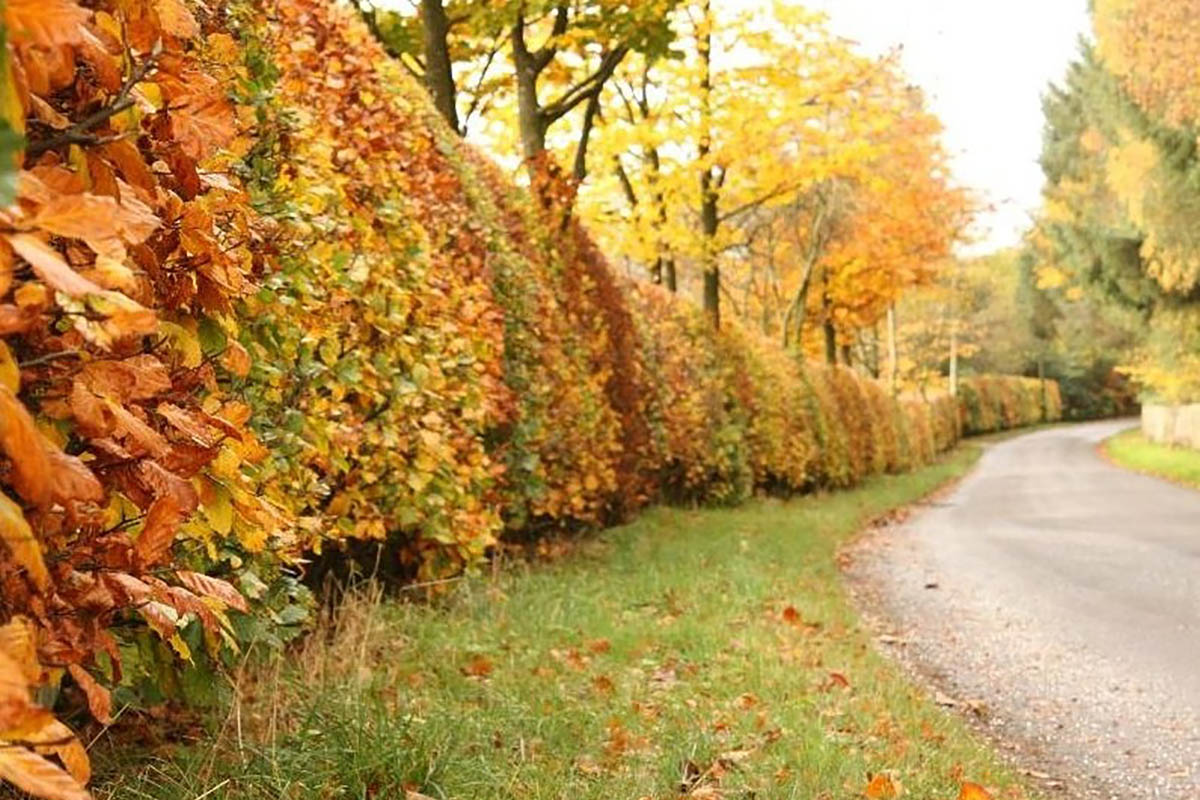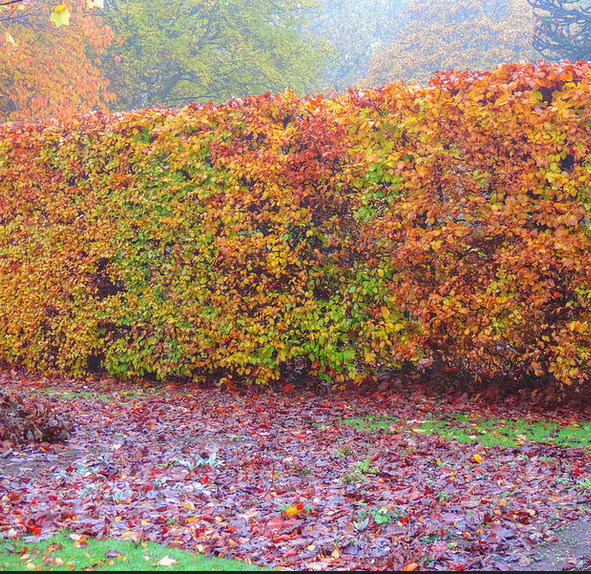
Autumn brings about a lot of cleaning and sprucing chores. A lot of these jobs will require you to stay outdoors, and most of these are all about or related to gardening.
Pruning your plants is an important gardening chore you should not neglect doing this autumn. This is because you need to prepare them for the negative effects that the winter season will bring. Trimming is one of the best ways you can boost a plant’s defense against pests and diseases. In addition, pruning hedges in autumn will promote tight, green growth in the plant which will have the chance to harden off before there is frost.
The Right Hedge Trimming Process
When trimming your hedges this autumn, you need to make sure you remove all dead and diseased wood and competing branches since they can chafe and infect the healthy ones. You also have to get rid of all dead leaves since pests, particularly insects, will spend the winter in hollow straws and seed stems. You also have to trim parts of the hedge that have already strayed too far and could be preventing people from safely using paths.
Although a lot of things will have to go, you should still trim and cut with restraint. This is because frost can damage cuts and freeze the back branches. If you cut too much, the plant will suffer frost damage and you won’t be able to correct it in the spring. As such, cut less away now so that your freedom to care for your plants won’t be restricted when spring comes.
Additional Hedge Care Tips
Below are some additional care and maintenance tips for your hedges you should take note of this autumn season:
 Make sure you sharpen your cutting tools before using them to trim your hedges to minimize the risk of tearing branches you don’t want to remove.
If you’re pruning rounded and small hedges, use shears since this tool enables you to make very precise cuts for these types of hedges. To make the job easier and to reduce tearing, you will do well to use shears with wavy blades and gears.
To have an easier time trimming long, straight hedges, use a powered hedge trimmer.
Disinfect the tools as you go, particularly before use for different types of plants, to prevent diseases from being spread around the garden. You can wipe the trimming tool or trimmer’s blade using disinfectant wipes or dip it into a bucket of diluted bleach.
Lastly, cut in stages if you are removing a thick branch. Start on the underside then cut from the top to meet the undercut and prevent the bark from tearing.
Regardless of the season, beautiful, thriving hedges add to the appeal of your garden and your property. You can maintain and enhance their quality this autumn by following the right trimming steps and techniques.
Make sure you sharpen your cutting tools before using them to trim your hedges to minimize the risk of tearing branches you don’t want to remove.
If you’re pruning rounded and small hedges, use shears since this tool enables you to make very precise cuts for these types of hedges. To make the job easier and to reduce tearing, you will do well to use shears with wavy blades and gears.
To have an easier time trimming long, straight hedges, use a powered hedge trimmer.
Disinfect the tools as you go, particularly before use for different types of plants, to prevent diseases from being spread around the garden. You can wipe the trimming tool or trimmer’s blade using disinfectant wipes or dip it into a bucket of diluted bleach.
Lastly, cut in stages if you are removing a thick branch. Start on the underside then cut from the top to meet the undercut and prevent the bark from tearing.
Regardless of the season, beautiful, thriving hedges add to the appeal of your garden and your property. You can maintain and enhance their quality this autumn by following the right trimming steps and techniques.
 Make sure you sharpen your cutting tools before using them to trim your hedges to minimize the risk of tearing branches you don’t want to remove.
If you’re pruning rounded and small hedges, use shears since this tool enables you to make very precise cuts for these types of hedges. To make the job easier and to reduce tearing, you will do well to use shears with wavy blades and gears.
To have an easier time trimming long, straight hedges, use a powered hedge trimmer.
Disinfect the tools as you go, particularly before use for different types of plants, to prevent diseases from being spread around the garden. You can wipe the trimming tool or trimmer’s blade using disinfectant wipes or dip it into a bucket of diluted bleach.
Lastly, cut in stages if you are removing a thick branch. Start on the underside then cut from the top to meet the undercut and prevent the bark from tearing.
Regardless of the season, beautiful, thriving hedges add to the appeal of your garden and your property. You can maintain and enhance their quality this autumn by following the right trimming steps and techniques.
Make sure you sharpen your cutting tools before using them to trim your hedges to minimize the risk of tearing branches you don’t want to remove.
If you’re pruning rounded and small hedges, use shears since this tool enables you to make very precise cuts for these types of hedges. To make the job easier and to reduce tearing, you will do well to use shears with wavy blades and gears.
To have an easier time trimming long, straight hedges, use a powered hedge trimmer.
Disinfect the tools as you go, particularly before use for different types of plants, to prevent diseases from being spread around the garden. You can wipe the trimming tool or trimmer’s blade using disinfectant wipes or dip it into a bucket of diluted bleach.
Lastly, cut in stages if you are removing a thick branch. Start on the underside then cut from the top to meet the undercut and prevent the bark from tearing.
Regardless of the season, beautiful, thriving hedges add to the appeal of your garden and your property. You can maintain and enhance their quality this autumn by following the right trimming steps and techniques.


